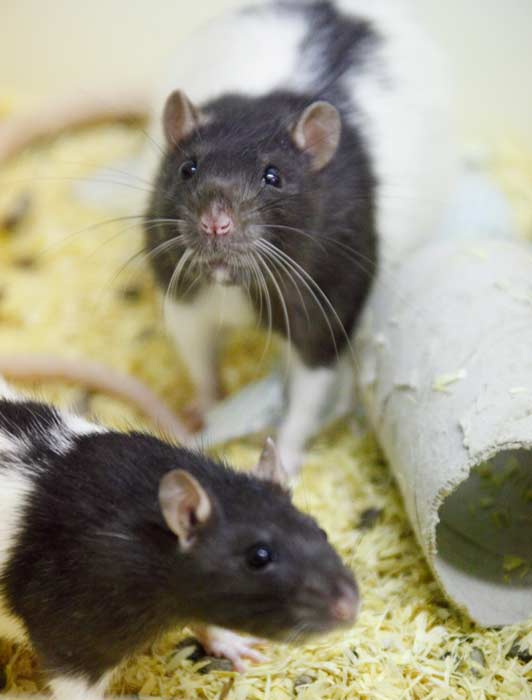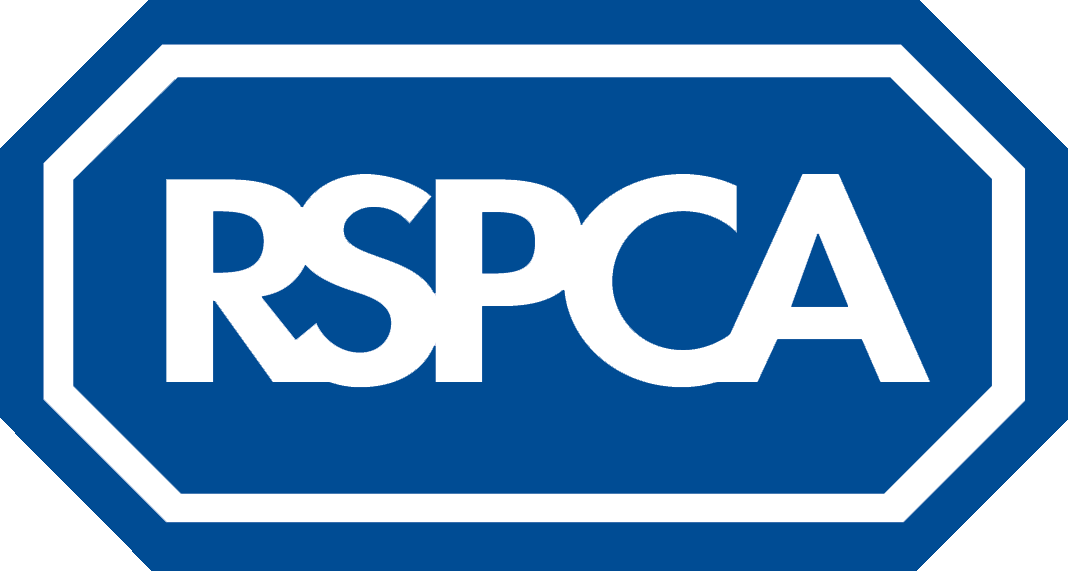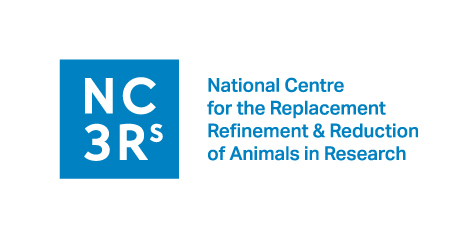Avoiding & Reducing Severe Suffering
Refinement
This is clearly critical to tackling severe suffering, so it is essential not to become complacent about implementing refinement. Refinement is not a ‘one-off’ event at the project planning stage, nor is it a matter of just following in-house refinement protocols. There may be new information and approaches outside your institution, and you may need to search for these. Communicating about refinement should be two-way, and it is especially important for scientists to share good practice with their colleagues and peers.
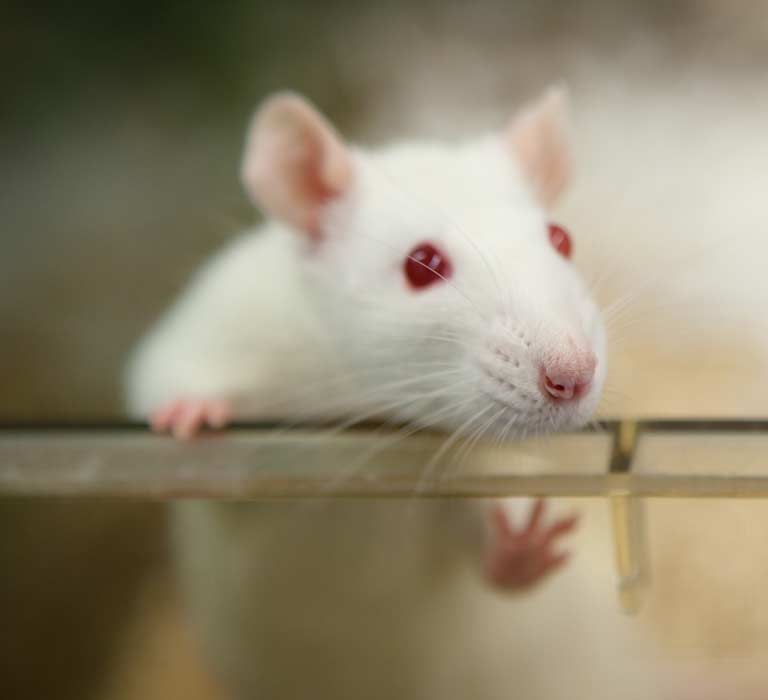
APPROACHES TO REFINEMENT
Refinement begins with reviewing and considering the lifetime experiences of each animal at the project planning stage, with input from people with different expertise including the scientist, the veterinarian, and animal technologists. The AWERB, AWB, IACUC or AEC should be able to provide useful input.
Major aims are to:
Identify and define humane endpoints
Determine indicators of suffering that are tailored to the species, strain (if appropriate) and procedure for day-to-day welfare assessment
Sources of information
REVIEWING AND CONSIDERING THE LIFETIME EXPERIENCES OF EACH ANIMAL
There is huge potential for reducing suffering and improving welfare by thinking carefully – from the animal’s point of view – about how every event during each animal’s lifetime experience can be optimally refined

Breeding

Capture from the wild

Transport

Marking for identification

Genotyping

Housing
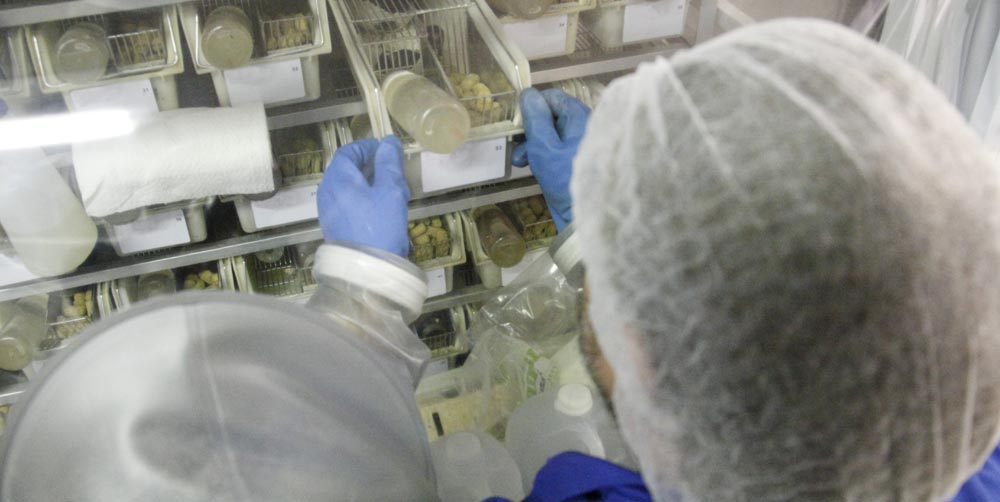
Husbandry procedures

Handling and restraint

Scientific procedures
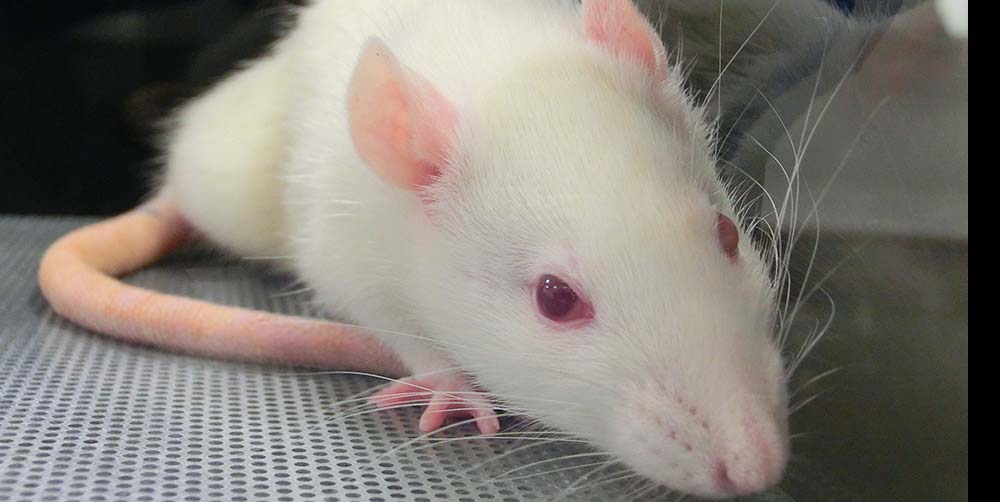
Effects of procedures

Humane killing

Rehoming or release
DEALING WITH CONCERNS ABOUT CONFOUNDS
In some research areas, there may be concerns that refinement might conflict with the experimental endpoint. For example, in rheumatoid arthritis research, there is debate around whether analgesia can be given to animals experiencing joint pain, in case this will interfere with the inflammatory process.
But a wide range of factors should be considered when deciding whether refinement might introduce confounds, and if so how to deal with this. In arthritis studies, uncontrolled pain and the inability to express natural behaviours are also confounding factors – which could have a greater negative effect on data than providing analgesia.
For scientists, it is critically important to research, and contribute to, current thinking about the impact of refinement on an experimental paradigm, for example by reviewing the literature, discussing with colleagues, the veterinarian and animal technologists, and including refinements in the method section of your publications. Open minds are essential – if there are any questions about the effects on animal welfare or the science, the course of action should be to evaluate these and carefully consider the results.
